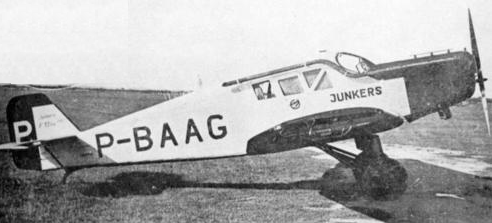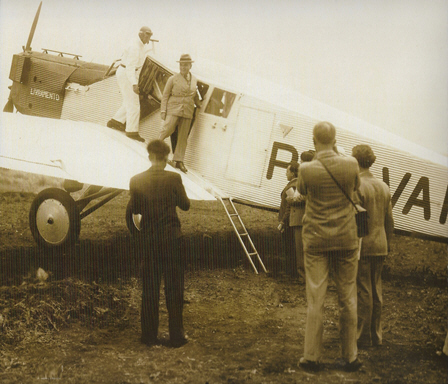|
Aircraft |
||
|
|
The Junkers F-13 aircraft
initiated a new era in Brazilian commercial aviation, ending
seaplanes and starting single engine land aircraft. The regular air
service with Junkers F-13 started on April 1932, when commercial
aviation was really a pioneering activity in Brazil. The PP-VAF was
called “Livramento” and PP-VAG “Santa Cruz”, an homage to two cities
where they operated for a long time.
At that time there was no onboard service and bathroom in the
aircraft. The Junkers could land both on grass and on land, at that
time the airfields were simply demarcated areas. The flights were
marked by turbulence, as the aircraft flew low, and engines loud
noise. Seat belts were used for the first time. The flight was all
visual, following references on the ground, where the names of
cities written on the roofs of railway stations helped a lot. When
weather conditions prevented the navigation by pilot's vision, the
flight was almost blindly: pilots were guided by a compass and a
pocket watch.
Junkers F-13 were purchased thanks to Rio Grande do Sul state
government help, which also helped VARIG to acquire Junkers A50.



|






